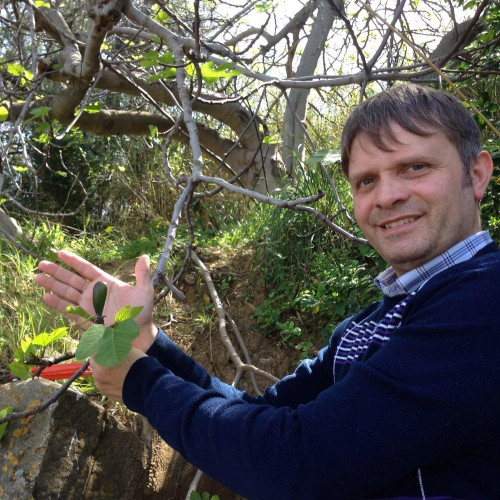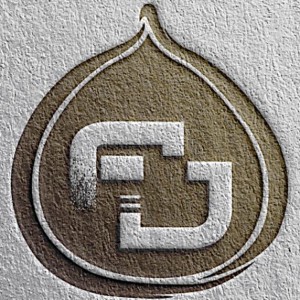Glossary
| NGRP |
National Genetic Resources Program: See GRIN. |
| Nicolò Parrino |
Parrino’s work emerges from Italy—a land with millennia of fig cultivation dating back to Roman times. Unlike commercial fig breeders focused on yield, Parrino’s approach blends artistry with botany. He selects and nurtures lesser-known or newly discovered fig varieties, often naming them himself—a common but debated practice among collectors . This personal touch reflects his deep engagement: he doesn’t just grow figs, he curates them as living artworks. The Fig Database, a key community resource, credits Parrino with varieties like Melanzana Rosa, Boreale, Melanzana Rossa, and Zaffiro—each listed under “Introduced By: Nicolò Parrino (Fig Arts By Nikky)”. These varieties aren’t mass-marketed but are prized within collector circles for their unique characteristics. |
| Nitrogen Deficiency |
A lack of nitrogen can cause slow growth, pale leaves, and reduced fruit production in fig trees. Balanced fertilization helps address this common nutrient issue. |
| Noob |
newbie: Someone new to growing figs and all the idiosyncracies involved. |
| NPGS |
National Plant Germplasm System: A collaborative effort to safeguard the genetic diversity of agriculturally important plants, including figs. The mission of the NPGS is to support agricultural production by acquiring, conserving, evaluating, documenting, and distributing crop germplasm. |
| Nutritional Profile of Dried Figs |
Dried figs are a nutrient-dense snack, rich in fiber, calcium, potassium, and iron. They provide a concentrated source of natural sugars and are a popular choice for energy-boosting snacks and desserts, as well as a staple in many traditional cuisines. |

 Nicolò Parrino (a.k.a. “Fig Arts By Nikky”) is a passionate Italian fig enthusiast, breeder, and collector known among the global fig-collector community. He has introduced several distinctive fig cultivars—each reflecting his dedication to flavor, appearance, and novelty.
Nicolò Parrino (a.k.a. “Fig Arts By Nikky”) is a passionate Italian fig enthusiast, breeder, and collector known among the global fig-collector community. He has introduced several distinctive fig cultivars—each reflecting his dedication to flavor, appearance, and novelty.



